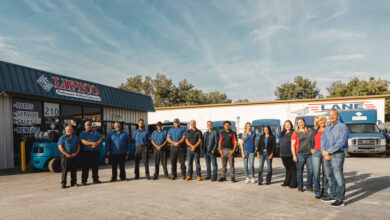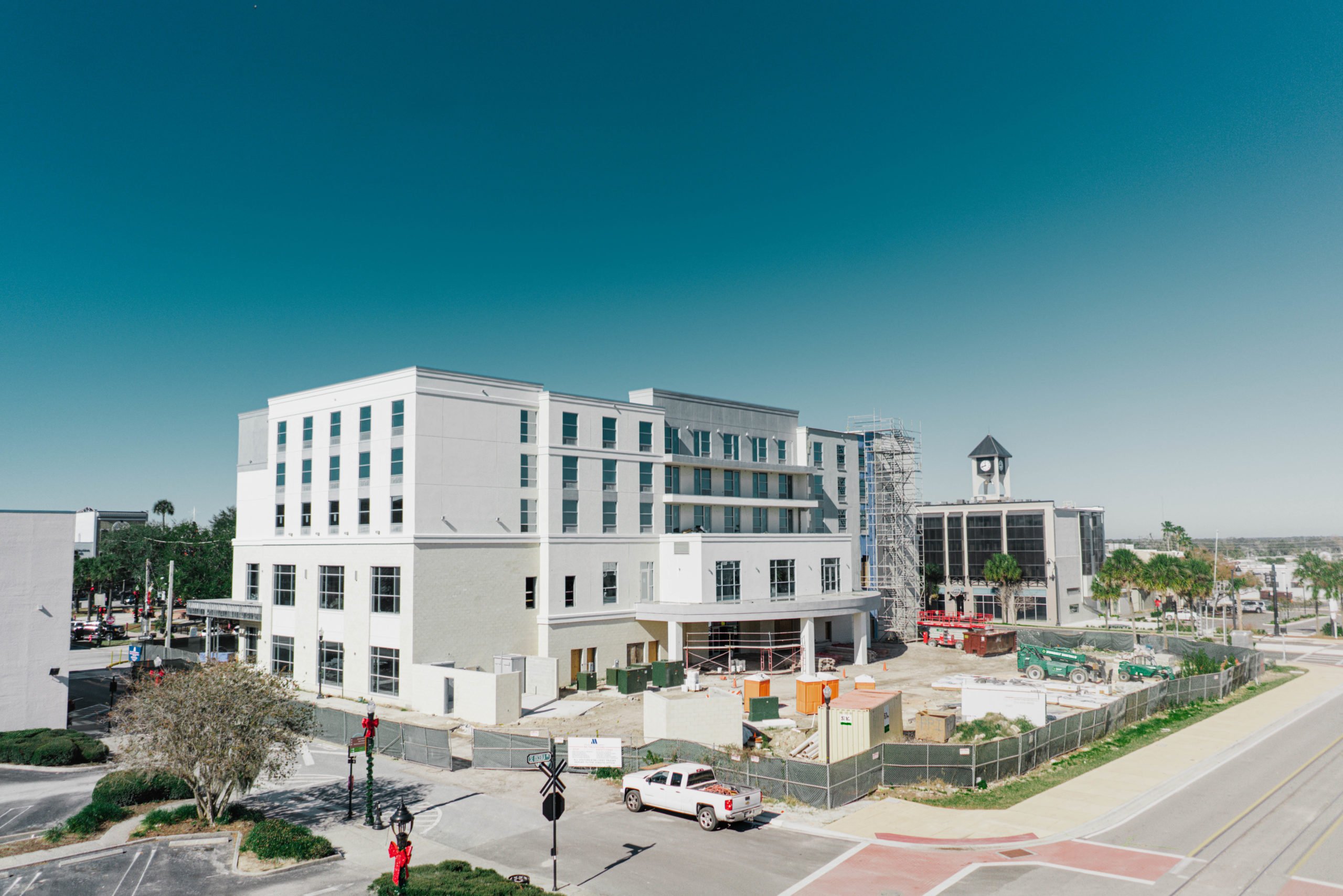
By Ben Baugh
It’s a city with a deep and rich history, one that spans more than 170 years. But what is it about the municipality that derives its name from the Timucua word meaning “Big Hammock”? Ocala is also referred to as the “Kingdom of the Sun” and the “Brick City,” taking on a character of its own and creating its own unique place in history.
Ocala and Marion County has been shaped by its past, is undergoing a transformation though its present state, and thanks to careful planning and innovative thinking, is on the cusp of creating a visionary future, endemic to an expanding area whose consistent growth and development has attracted nationwide and global attention.
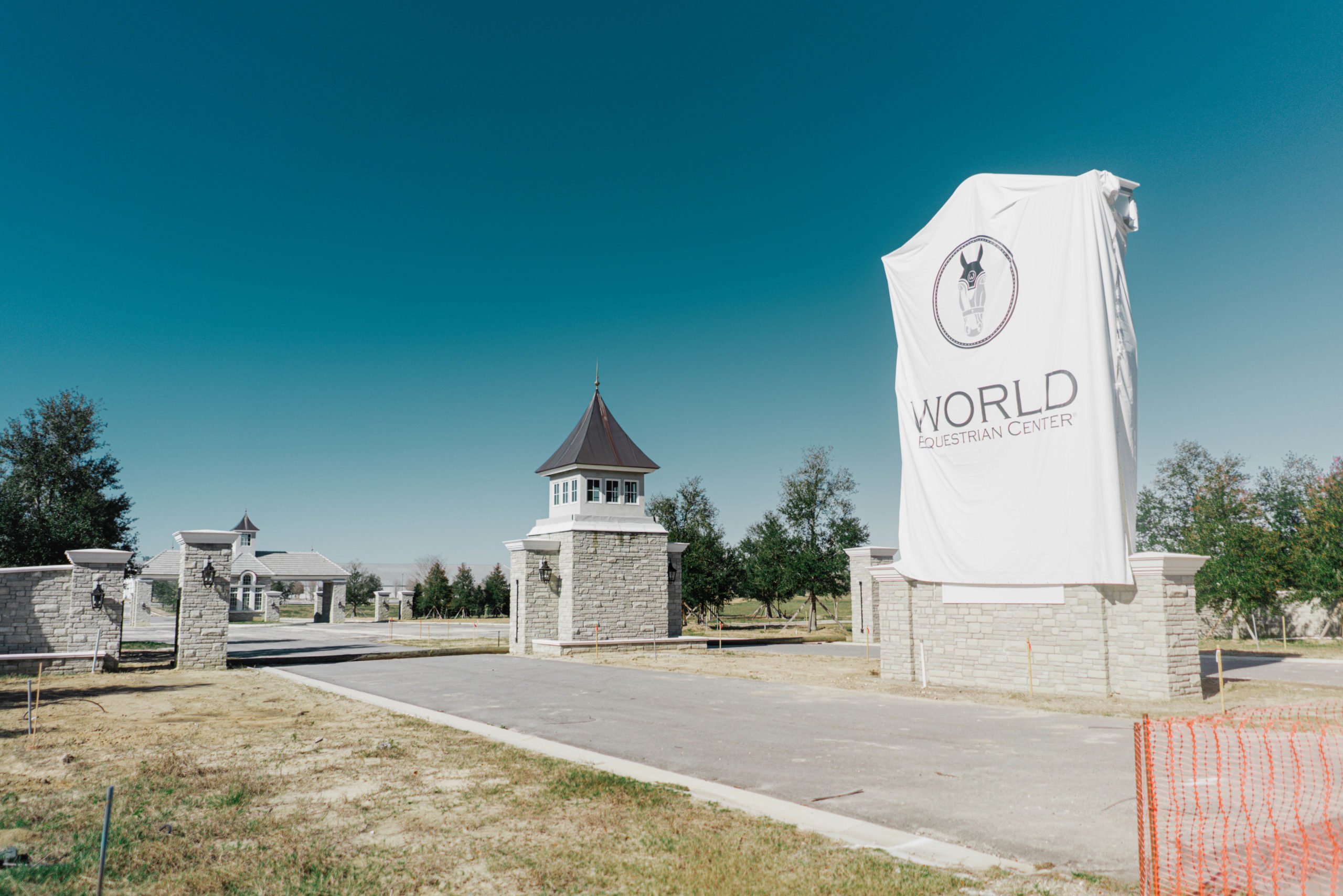 From its nascent stages when the economy was based on the citrus industry and phosphate mining, the area’s vast natural resources began attracting those who understood the value of the land that lay atop the karst topography and Floridan aquifer. Plantations would be a major component in the area’s early development, with sugarcane, tobacco, turpentine, cotton, citrus and timber becoming important sources of revenue.
From its nascent stages when the economy was based on the citrus industry and phosphate mining, the area’s vast natural resources began attracting those who understood the value of the land that lay atop the karst topography and Floridan aquifer. Plantations would be a major component in the area’s early development, with sugarcane, tobacco, turpentine, cotton, citrus and timber becoming important sources of revenue.
The city has seen and survived its fair share of adversity, overcoming the impact of a fire that tore through the municipality on Thanksgiving Day in 1883, destroying five city blocks. But even then, Ocala demonstrated its resiliency, rebuilding using brick and iron, said Brian Stoothoff, Historic Ocala Preservation Society vice president.
Ecotourism and agritourism would remain constant sources of revenue with Hollywood taking notice, with Silver Springs becoming a nationwide attraction.
However, the area’s five rivers and enviable springs only seemed to enhance the area’s presence as a place with significant potential.
We talked to several people who played prominent roles in the development of the area and how they and their families helped to shape the complexion of a county whose past and present will create a future that’s indelibly Floridian but more importantly Ocalan.
There are also ample employment opportunities in the Ocala and Marion County area, with a number of companies boasting a nationwide footprint either basing their operation in the area or having a satellite facility as part of the corporate landscape. According to the Ocala/Marion County Chamber and Economic Partnership’s 5-year goal, the objective was to create 4,500 jobs, and in the first two years of the plan, through 2018, 2837 jobs were created. During the same time frame, the goal was $400 million in capital investment, and two years into the 5-year plan, the partnership had reached 80% of their objective.
Developer Glen Lane grew up in Miami and went to school at the University of Florida and the University of Miami. He began doing business in Ocala in 1978 with the Turning Hawk and Turning Hawk II communities, relocated to the area, and fell in love with the place he has made his home for over 40 years.
He has left an imprint on the area, developing all four sides of I-75 and route 200, with the Hilton Hotel being the original landmark, Park Centre and Park Centre West and a place that seemed to be on the itinerary of any tourist heading south and on their way to Orlando and the Magic Kingdom.
“The Disney Welcome Center sure made selling real estate a lot easier,” said Lane. “When I moved to Turning Hawk, I had friends from different parts of the world in for the horse sales, and they would call me, and would say, ‘Where do you recommend that I stay?’ And I didn’t have a great recommendation, and sometimes I would say, ‘Stay at my house.’ And then I tied up the land for the Hilton Hotel, and we got that done in partnership with Arvida, the high end developer at the time and they still are, out of Boca Raton.”
Simultaneously, Whit Palmer was developing Paddock Park, and the properties were adjacent, said Lane. Whit Palmer’s influence continues to resonate throughout the area, playing an instrumental role with developing landscaped walkways, medians, signage requirements and underground utilities, changing the quality and complexion of the development, said Lane. Many of the improvements made by Palmer raised the standards and quality of the area, with Palmer and Lane working together on a number of projects, creating an aesthetically pleasing environment that still exists today.
“He [Palmer] was the leader in quality development,” said Lane, who owns the Friendship Center in front of On Top of the World, which he purchased from the Colens. “I’m appreciative. We wanted to do the same kind of thing.”
Sidney Colen purchased the Circle Square Ranch from the Norris Cattle Company, which was nearly 13,000 acres and became a major part of State Road 200 corridor. Kulbir Ghuman bought out Pine Run and developed Oak Run, and those were among the variables driving development in the area. Lane started a group called Task Force 200, where a lawsuit was brought against the state, transforming State Road 200 from a two-lane road to a six-lane road.
“Ken Colen, Kulbir Ghuman, and a lot of the other people, they gave me the money to rent the space at the Hilton, so we could hire the experts to present it to the all the landowners,” said Lane. “The landowners were going to donate the right-of-way to the state in return for negotiable impact fee credits, so then the developers could then buy the impact fee credits from the landowners who donated the land, and it didn’t cost the state anything to get the right-of-way.”
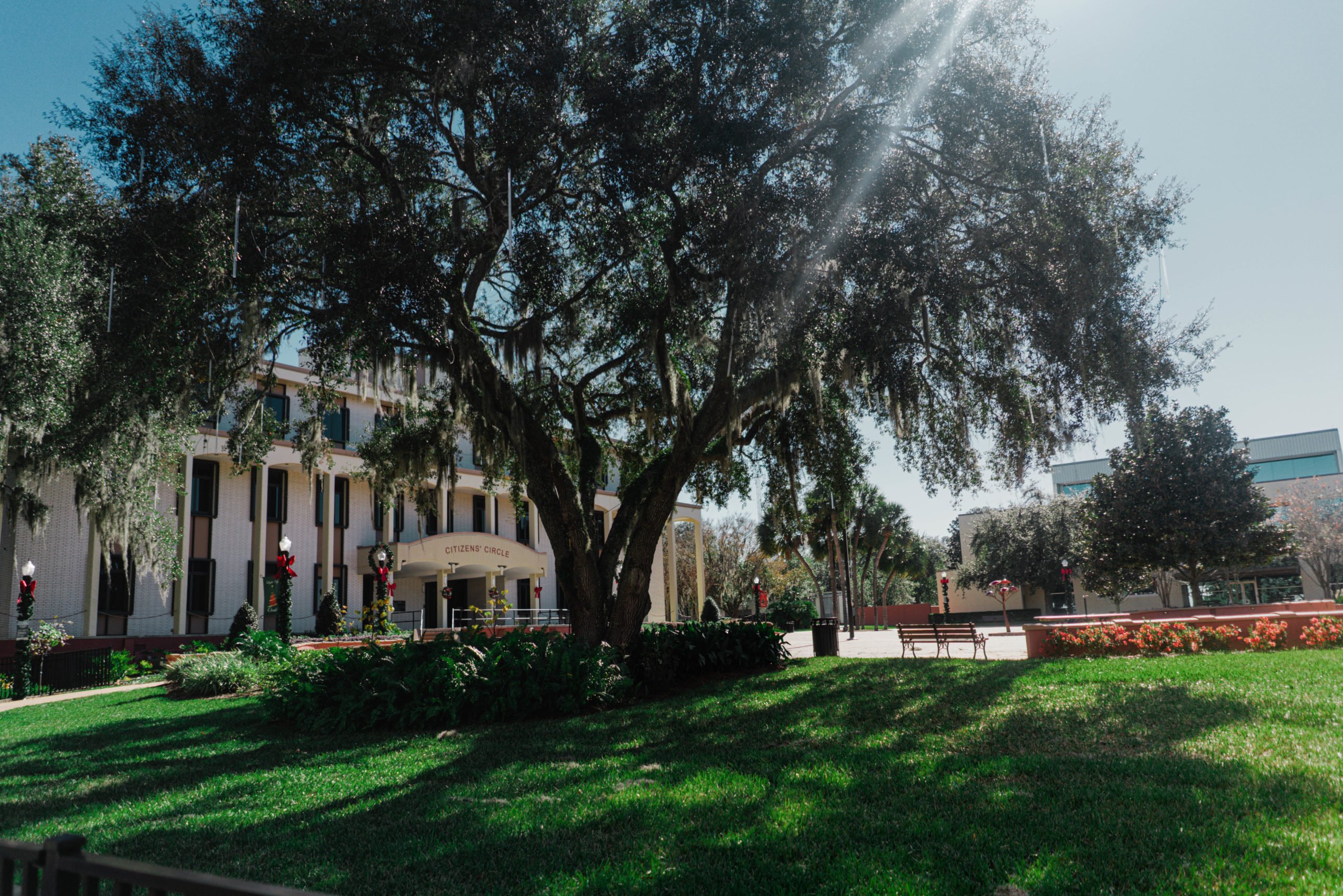 Lane played a critical role in the change, by starting out every televised and public meeting where he spoke, by saying, “The State Road 200 expansion has been in the 10-year plan for 30 years,” generating a significant amount of bad publicity for the Department of Transportation, eventually resulting in monumental transformation.
Lane played a critical role in the change, by starting out every televised and public meeting where he spoke, by saying, “The State Road 200 expansion has been in the 10-year plan for 30 years,” generating a significant amount of bad publicity for the Department of Transportation, eventually resulting in monumental transformation.
“I was literally at the meeting of DOT Fifth District in Deland, when Nancy Houston was head of the fifth district at that time, and we had a big meeting room,” Lane said.
“I had the deeds in escrow with the county, there were 99 landowners who had right-of-way, and all 99 agreed to do this, we were ready to turn them over…
she [Houston] said ‘Glen,’ and everybody went silent, ‘If it becomes public knowledge that the state funded this, and could buy the land, do you think people would still donate their land?’”
“I said, ‘Hell no. I won’t either.’ I said, ‘Are you kidding me? Why would you do this? I’m saving the state about $18 million, and if you use my method, you could do this in other areas, where people that own the land along the road dedicate the right-of-way, get impact fee credits, so, the developer and landowner help mitigate the traffic impact on their own, and the state builds the road. And they can save on the land acquisition around the state. I just don’t understand.’”
“She said, ‘This generated so much bad publicity, statewide and Orlando television, and with you saying it’s been in the 10-year plan for 30 years, we decided we had to fund it because you made us look bad.’ ”
“I said, ‘Okay.’ That’s how we got that done,” Lane said.
The county still possesses its original rural character, but mainly its people haven’t lost their character, said George Albright, Marion County tax collector.
“There are a lot of nice people here, and a lot of nice people who’ve moved here,” said Albright. “That’s one of the things that I like about Marion County is its people.”
The senior communities are all-inclusive from an infrastructure standpoint, said Albright. That was a critical component in being able to service people with rapid growth without the infrastructure.
“There were years where highway 200 wasn’t up to its adequate size, and it was causing delays, but that’s been by and large remedied,” said Albright. “I think 200 flows very well.”
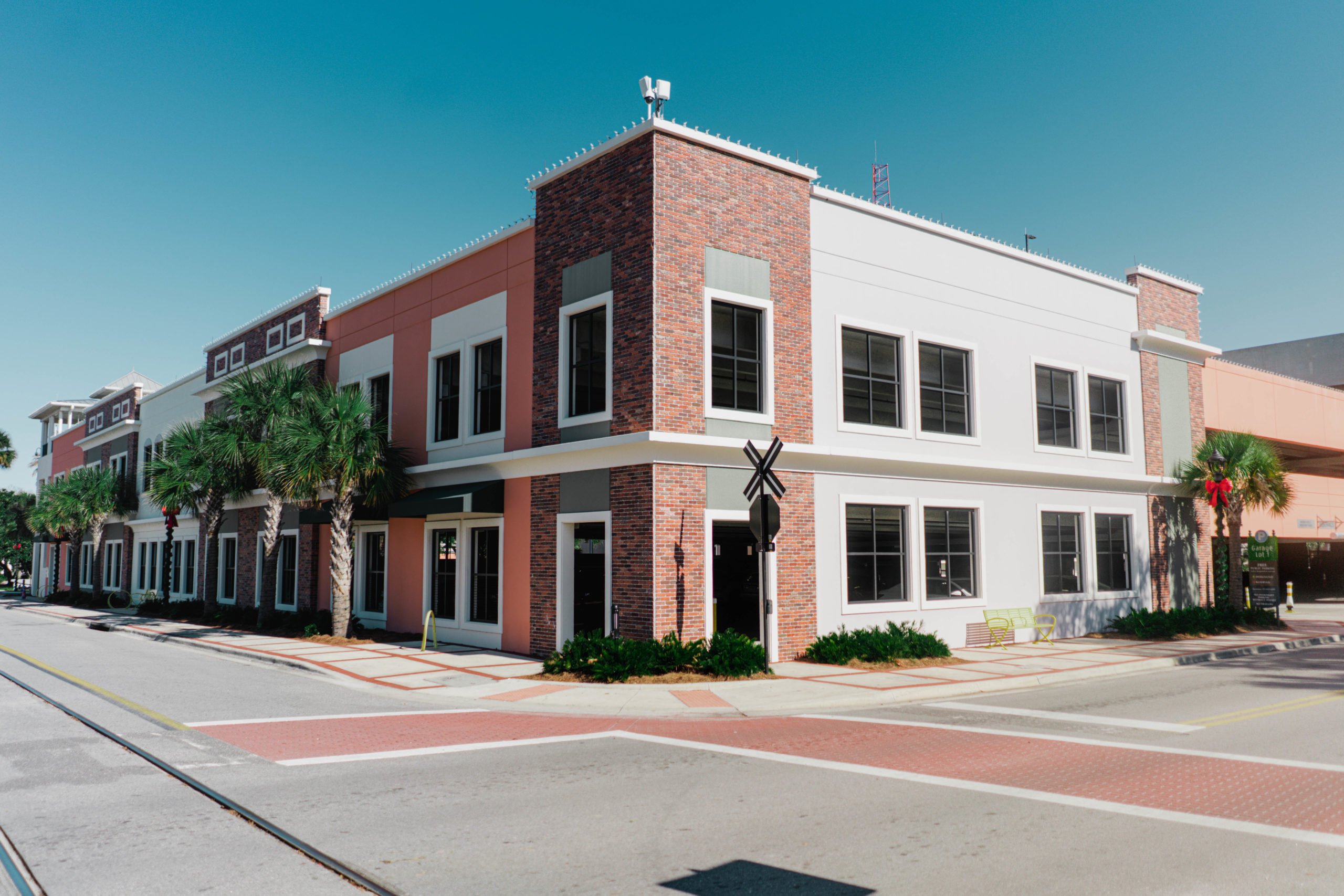 About a third of Marion County is permanent green space because it’s in a state park, the Ocala National Forest, and serves as a water recharge area for the Floridan Aquifer, high magnitude springs, and rivers.
About a third of Marion County is permanent green space because it’s in a state park, the Ocala National Forest, and serves as a water recharge area for the Floridan Aquifer, high magnitude springs, and rivers.
‘’Water, having clean water and plentiful water, is going to be the biggest challenge,” said Albright. “It’s a challenge for Marion County in the future.”
Albright also had the distinction of living next to the Ma Barker House when he was growing up in Lake Weir.
“I have a very long and personal history with that house,” said Albright.
Ecotourism and history tourism have also brought a lot of people to the Marion County area, said Albright.
“It tends to be long-term, and we’ve been very blessed that our elected county commissioners for the last 20 to 40 years, as well as the elected city council for the last 20 to 40 years, have all been historical preservationists,” said Albright. “They put a value on our historical sites.”
The county has designated northwest Marion County as an equine management area, said Albright. The county’s recognized that the equine industry and what has come with it is one of the things that provides the county with its unique character.
“There are a lot of ancillary services that have come to Marion County because of that,” said Albright. “I think that the growth will stay fairly compact on [County Road] 27, and won’t move much into the equine area.”
There is concern about the possibility of a toll road going through northwest Marion County, said Albright. A thoroughfare of that nature would dramatically change the complexion of the landscape.
“I think that may be as much of a character change to the area as growth,” said Albright. “A toll road, unless you make it really limited access, will have commercial nodes at every exit. You’ll see rapid growth because of people’s ability to get up on a toll road and go to faraway places in a short period of time.”
“I think what Larry Roberts [World Equestrian Center] is going to be doing is fantastic,” said Albright. “I think it’s going to put Marion County on the map for the whole world. We have the equine industry here, but now through Mr. Roberts’s enormous financial efforts, we’re going to be able to showcase that. We’re going to get a lot of visitors that we haven’t had in the past, which I think is a good thing. Communities love to have visitors come and spend their money and leave. That’s probably one of the best situations from a taxation standpoint that a community can have.”
It was a market study for Edward DeBartolo Sr. that brought developer Jerry Glassman to Ocala. DeBartolo was under contract to purchase land, which was the property that was going to be the Paddock Mall. It was a friend of Glassman’s who was a Tampa-based broker, who worked with the DeBartolos, who had been asked by them to do the study, but he wasn’t familiar with the area. Glassman’s friend called him, and the rest is history.
“Being a consultant to DeBartolo, I learned that the mall was going to come there, and I started to buy land and develop it. I bought up a mile square around the mall,” said Glassman. “We developed from where Home Depot and Bob Evans are on State Road 200, all of those parcels down to the college. We developed the land and then sold it to various companies that put their projects down. We developed from Burger King all the way down to the Buick dealership, which is now the Nissan Dealership on 17th Street, where I put in Walmart originally, in the shopping center where Blockers is in now and Hobby Lobby. I put the Burger King there with Gene Camp. That was his.”
Glassman has been involved with a deep volume of projects, helping to grow the area to what it is today, bringing in a number of national outlets, making Ocala a preferred destination. He was also responsible for developing the shopping center where Best Buy is located. The developer also left a definitive imprint on 27th Avenue.
It was Glassman’s friend, John Curtis, who was responsible for building the apartments on 27th avenue. The former Michigander also built Easy Street and Cala Hills, and moved Walmart to their present location, partnering with several people to have the corporate entity relocate to their current site. Glassman, with several other people, donated the land for Scott Springs Park, brokering the deal, working with the city to see that through to fruition. He and his wife are the current owners of the Ocala Family Medical Center.
The developer was also part of a group that was created in 1980 that was known as Vision 2020 that was composed of the most influential people in Ocala. Glassman’s wife was the President of the Central Florida College Foundation for 20 years.
“She built their endowment from $5 million to $20 million over that period of time,” said Glassman.
Major development projects are showcasing the area’s future vision, including the Hilton Garden Inn on the city’s square, set to open in February, and a new commerce park in Marion Oaks, adding to an already deep business footprint.
As a state senator, Dennis Baxley does quite a bit of traveling as an elected official, but the best part of his job is coming home to Belleview and Marion County.
“We’ve watched the growth of the state over the past 50 years, and it’s been remarkable,” said Baxley, who was born in Ocala in 1952. “Florida’s roots are very close to the surface…there are changes happening around us very quickly. We’re in a very positive period of economic well-being, after going through a deep recession a few years ago.”
One-third of Marion County will never be developed, largely in part of the green belting. The Ocala National Forest, the state parks, lakes, rivers and streams, springs and property purchased around the springs have been preserved for future generations. The equine industry is big part of the brand, beauty, and green belting of the region, said Baxley.
“My own roots are very rural,” said Baxley. “My dad was born in Weirsdale, down on the south side of Lake Weir. My granddaddy grew orange trees, when citrus and cattle were king. My mom was raised on a farm in Oxford, just over the Marion County line in Sumter County.”
The son of a pastor, Baxley lived in different parts of Florida, but Marion County has always been home. In June 1970, after graduating from high school, Baxley went to work for the Hiers Family at Hiers Funeral Home. Baxley who has dedicated his life to serving others, has lived a life that’s been well-lived, one of meaning and purpose. The opportunity to walk through life and death with several generations of families has provided Baxley an intimacy with the community he represents.
“Little did I know, the kid that washed the cars and mowed the yard, went on ambulance calls and was the Saturday secretary, would one day be the principal,” said Baxley, who has served in more than 20 community organizations. “And help grow the company to six business locations and serve about 1,500 families per year…I’m very thankful to have been a part of the script for the past 50 years.“
And as Ocala and Marion County move forward, Baxley believes the area’s time is just beginning, and the area’s residents are living in one of the most exciting chapters in north central Florida’s history. Lake, Sumter, and Marion Counties continued expansion has led to additional growth in the corporate sector, becoming a regional distribution hub for companies with a nationwide footprint.
Transportation will play a critical role in the future, said Baxley.
“We’re in the center of a great time of job opportunities; it’s the lowest unemployment rate that I’ve seen,” said Baxley. “The country’s in bloom, north central Florida is at the very apex of it.”
The county is synonymous with equestrian sport and the equine industry. The Marion County Fair conducted racing in 1908. Carl Rose moved to Florida in 1916 to supervise construction of the first asphalt road in Florida, according to the Florida Agricultural Hall of Fame. He would become the area’s pioneer in the Thoroughbred industry with his Rosemere Thoroughbred Farm. It was through his experimentation with limestone that he determined that the soil would be perfect for livestock, both equine and bovine.
Rosemere Farm produced Marion County’s first Thoroughbred racehorse winner, Gornil at Tropical Park, in 1943.
 However, a Thoroughbred named Needles, raced by Bonnie Heath and Jackson Dudley, would go onto share the 1955 2-year-old male award with Nail, but Needles sophomore campaign made the world take notice. Needles captured the Florida Derby, Kentucky Derby, and Belmont Stakes and, in doing so, was named 3-year-old champion of 1956. Needles, who was bred and raised in Ocala, put the area’s Thoroughbred industry convincingly on the map.
However, a Thoroughbred named Needles, raced by Bonnie Heath and Jackson Dudley, would go onto share the 1955 2-year-old male award with Nail, but Needles sophomore campaign made the world take notice. Needles captured the Florida Derby, Kentucky Derby, and Belmont Stakes and, in doing so, was named 3-year-old champion of 1956. Needles, who was bred and raised in Ocala, put the area’s Thoroughbred industry convincingly on the map.
The area has established itself as one of the world’s premier horse communities, featuring every equestrian sport discipline, and has the infrastructure in place to accommodate the vast number of horses, horse farms, training centers, competition venues and horsemen.
The equine industry’s economic impact resonates powerfully statewide. The Thoroughbred industry has a $2.7 billion total impact with a $1.5 billion value added total effect, according to a study commissioned with major support from the Florida Thoroughbred Breeders’ and Owners Association and the American Horse Council Foundation. There is strength in numbers with the state boasting more than 99,000 Thoroughbreds.
“Marion County and the City of Ocala are called “The Horse Capital of the World” for a very good reason,” said Lonny Powell, FTBOA chief executive officer. “Florida is one of the top horse population centers in not just North America, but the world. That being said, most of the horse breeding, conditioning, farming and much of the show and contest competition takes place in Marion County where all residents, businesses, and visitors benefit from the green space, culture, character, jobs and economic impact that comes with being such an enthusiastic equine-centric community.”
The equine industry and equestrian sport continue to serve as the impetus in attracting the best in international competition and horsemen from around the globe to the Brick City. Amenities and events like the Ocala Breeders’ Sales Company, Florida Thoroughbred Breeders’ and Owners’ Association, Horse Shows In the Sun, Live Oak Invitational, Florida Horse Park, Ocala Jockey Club Invitational 3-Day Event and Larry Roberts’ World Equestrian Center, which is expected to open in 2021, will continue to make Ocala/Marion County the world’s premier equine destination.
“The area’s long established signature Thoroughbred industry, along with a flourishing show and contest as well as pleasure horse scene, continue to be driving economic and quality of life drivers for our city, county and state,” said Powell.




